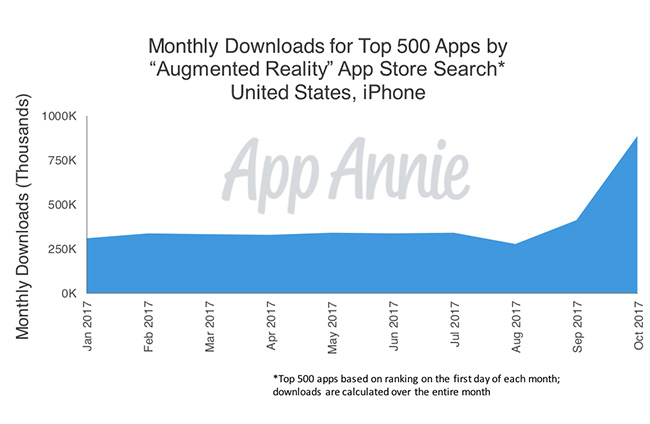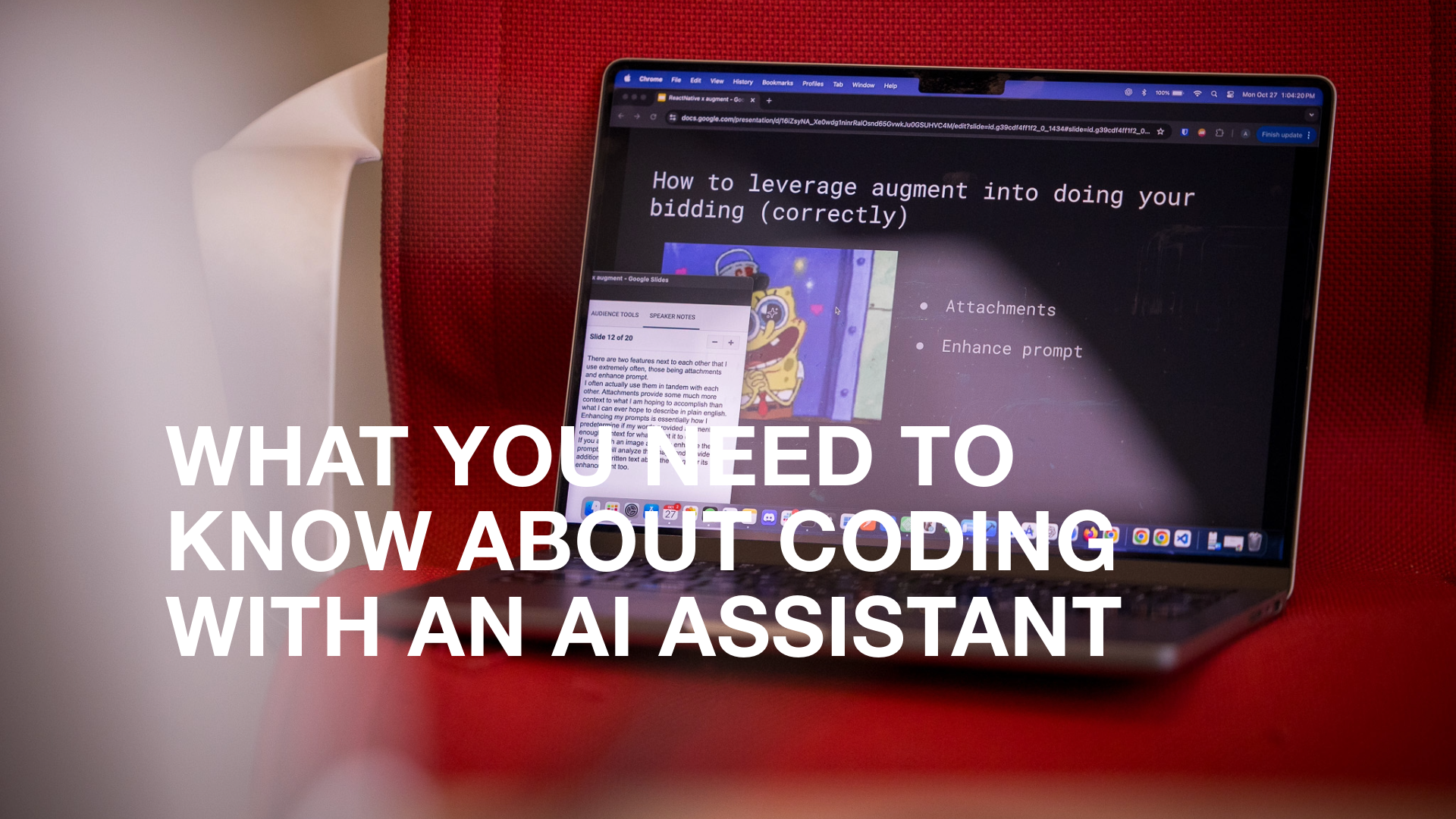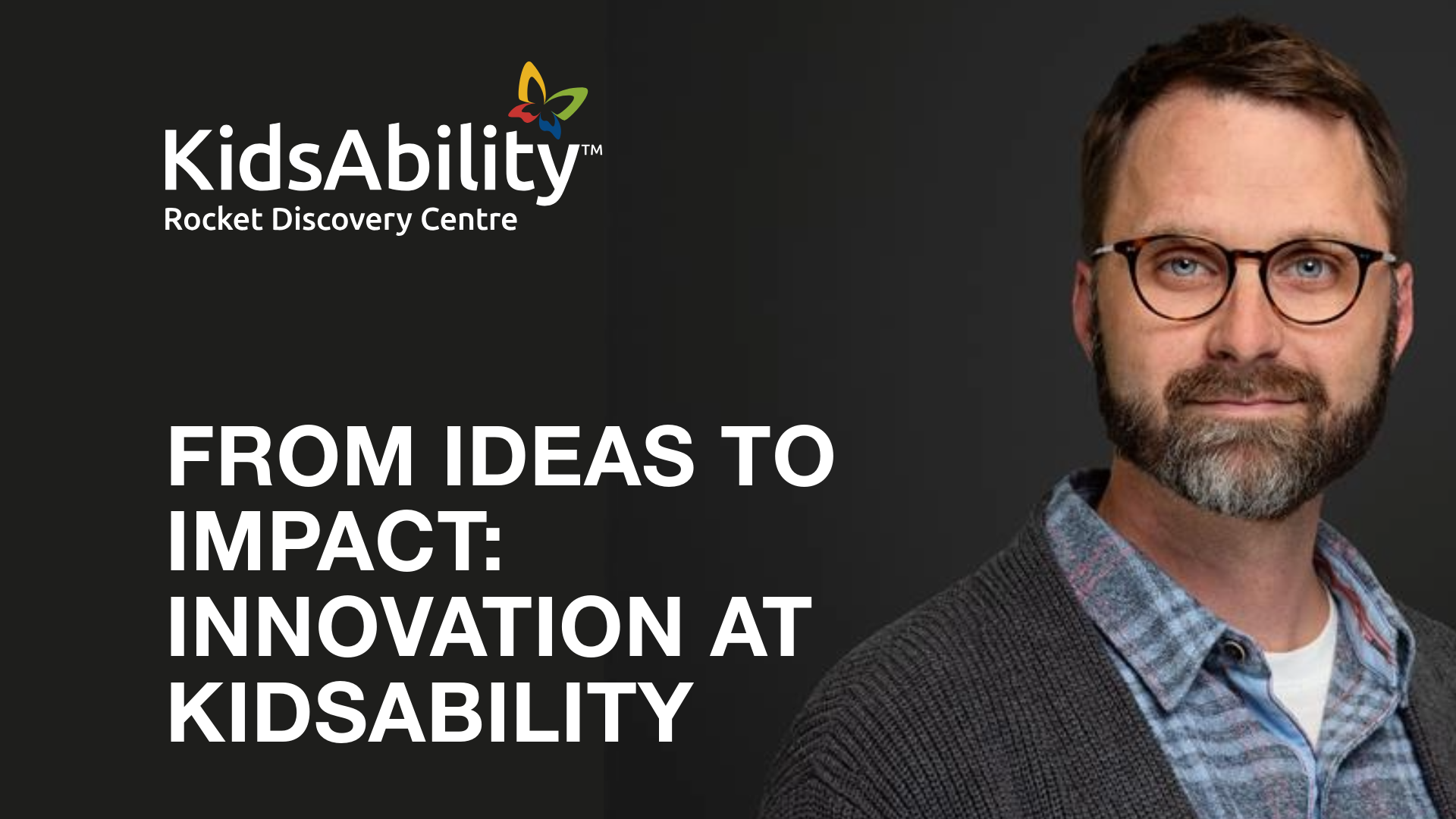In a recent report, App Annie forecasted the 2018 app economy. The publication celebrates the 10-year anniversary of the Android and Apple app markets. The predictions cover consumer spend, AR, P2P, voice agents and plenty more.
Here’s an overview of Matt Miller's work:
Update on 2017
- As of November 1st, 2 and 3.5 million apps were available on iOS & Google Play, respectively.
- In October, over 50,000 and 150,000 apps were added to iOS & Google Play stores.
- China is leading consumer iOS App Store spend.
- We’re spending 2 hours per day in apps, or one month each year.
"We’re spending 2 hours/day in apps, or one month each year."
Consumer app store spend will pass $100 billion in 2018?
Consumer spend will increase “30% year over year to exceed $110 billion in 2018.” Games will account for most spending. That said, the growth rate of non-game apps will exceed games, forming a larger spending share. This is largely due to subscriptions and economic maturation.
Watch China, India and Brazil
For app stores, the growth rate of Chinese consumer spend will outpace all other countries. India and Brazil will lead time-spent on Android phones. “Increases in smartphone penetration in these markets will fuel future growth of total time spent, which will lead to higher mobile commerce spend.”
App curation, more revenue and independent publisher attention
More apps can mean less discovery. Apple and Google will tackle this issue via more app curation/editorial content. These changes will impact leisure and entertainment apps, while “needs-based” apps (ie. food, banking) are “far more likely to be downloaded based on word of mouth recommendations or focused searches.” This platform will help independent publishers while boosting in-app purchase (IAP) revenue.
More AR!
Facebook, Apple and Alibaba, will drive future AR efforts. They’ll enhance the developer experience and further spur consumer interest (since September 2017, there’s been a surge in AR app downloads). Harry Potter: Wizards Unite, Google Translate, MLB.com At Bat and other apps which layers into the real world are likely to boom and become the entry channel for most new AR apps.

More fragmentation of video-streaming services
Video-streaming services took off in 2017. Consumer viewing increased 85% and 70% for iOS and Google Play, respectively. Their popularity “appears to be driving the installation of multiple apps.” The result will be industry fragmentation, despite higher revenue and engagement. Eventually, consolidation will prevail, forcing some companies to succumb to profit pressures. Consumers will also rationalize about their uses of time and money.

Mobile to dominate retail
“In the US and UK, consumers spent nearly an hour on average in shopping apps each month.” More often, stores will be used as pick-up locations and cashiers will become less common. Mobile will become a core part of the shopping experience.
Restaurant aggregators and DaaS growth
Restaurant aggregators (ex. Grubhub) will continue to develop into underpenetrated markets and sway intermediary users. Delivery as a service (DaaS) providers (ex. UberEATS) will gain market share in premium markets. Rapid-service food providers (ex. QSR) will further partner with DaaS providers. Like video-streaming, this industry will see fragmentation and consolidation.
More in-home voice assistant sales
In 2014, Amazon’s Echo opened the in-home voice assistant market. Since then, Prime Day and holiday sales have skyrocketed. This year, sales will speed up during these dates (and for price promotions). Developer interest will increase, though “use cases (ex. music listening, web searching) will remain largely consistent in 2018.”

Simplified Banking
PSD 2 will let more parties “provide comprehensive, app-centric, financial-related services, while providing users with security from government oversight and legitimacy.” Wells Fargo, for example, is launching Greenhouse. This app will take a mobile-first approach to spending analytics. This directive will simplify the banking value chain globally.
Diversification of P2P Parties and Services
Venmo, and similar person-to-person payment apps, have revolutionized the exchange of money. Expect more services from these apps to decrease bank competition and improve engagement. “We expect P2P payment apps to see increased transaction volume due to growth of instant bank transfers and third-party payments, with the latter bolstered by increasing adoption of these services as payment options by retailers and sellers.” As well, messaging and social networking apps, like WeChat, are likely to enter the space.
The Takeaway:
Consumers, developers and businesses alike have plenty to expect this year. Consider these forecasts to get the most from the app economy to aid your 2018 strategy.
Thanks for reading! Check us out on Twitter, LinkedIn or our website.
Photo by Lukas Blazek on Unsplash




